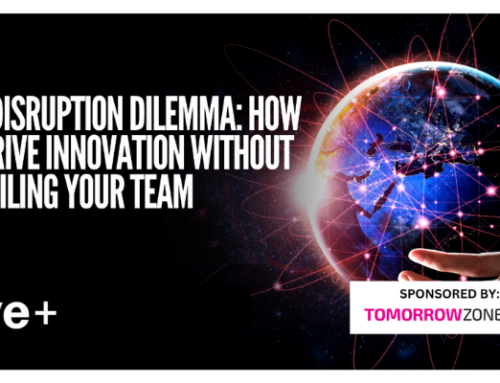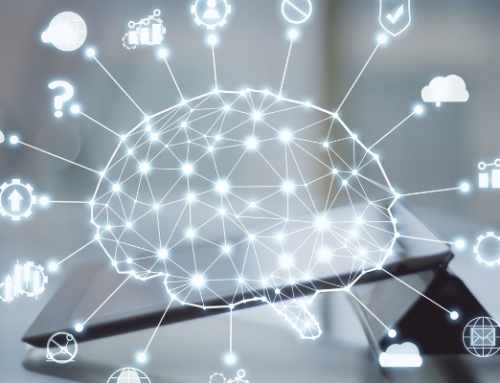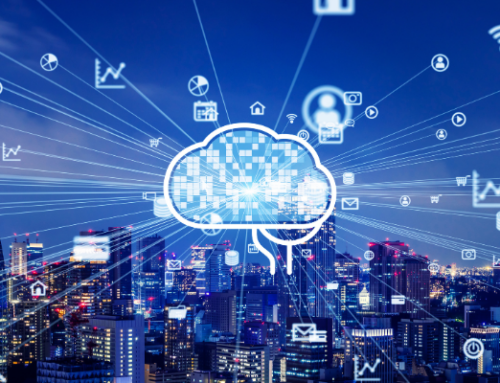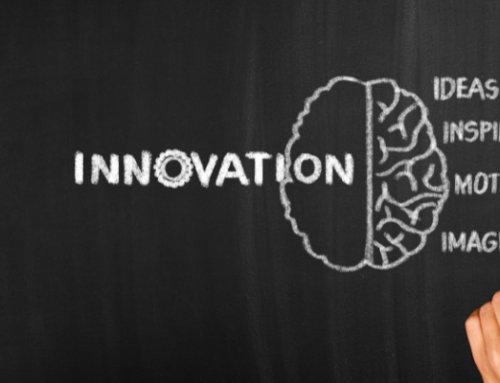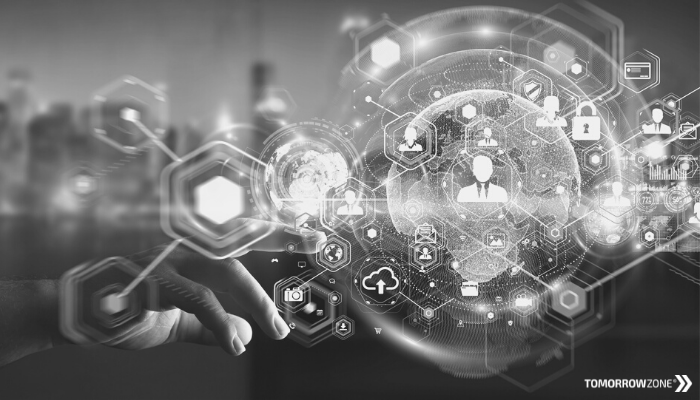
What does it take to facilitate effective digital collaborations? We brought together a panel of experts to discuss the skillset of the future. Here are some highlights from the discussion.
The Monitor Live+ event, sponsored by TomorrowZone® and moderated by Deborah Reuben, CLFP (CEO, TomorrowZone®), explored how to effectively facilitate digital collaboration, looking at technology and human aspects.
The greatest tools and intentions don’t always equal amazing collaborations and results. Digital collaboration and remote working tools are abundant, but enhancing teamwork is not about adding more tools. Often, less is more.
So, what can we learn about the future of work from two years of the disrupted workplace? Where do we go next? Here are some of the insights and tips our awesome panelists shared that you can apply immediately to level up your digital collaborations.
The panel candidly shared what works, what doesn’t, and how to create the safety required for teams to communicate and collaborate effectively. Our brilliant and innovative panel brought diverse perspectives on the topic and included:
Be Deliberate in Facilitation to Enhance Engagement
Alex Scepansky, Customer Experience Management Consultant, DLL
Be deliberate in how you ask people to share their thoughts. Open-ended questions lead to crickets. Instead of asking for general feedback, ask “on a scale of 1-10. How confident are you in this approach?” Use anonymous polls in a meeting to help people engage.
As a leader, be aware of the culture you are creating in your meetings. Be respectful of others’ opinions and be open to objections and other views. Shake up thinking by bringing in outside perspectives and those within the industry. This sparks creativity and breaks down walls. Don’t underestimate the power of continuous and simplified learning.
Enable Innovation While Avoiding Shiny Object Distractions
Nick Fong, CLFP, CMO & CTO, AP Equipment Financing
Intentionally building a culture that enables innovation goes a long way. Modeling and enabling the behaviors to live that culture every day is key.
Regarding technology, start with what you have. Use the tools you have before looking at the multitude of other tech options. Don’t get distracted by the shiny new thing. It is fatiguing to continually move from tech to tech.
Be on purpose. Don’t innovate simply for the sake of innovating. Instead of bringing in something new, ask how you can use and/or adapt what you already have. We are on the leading edge of technology not to remove the person but to enhance the person. Learn how to build incrementally and still achieve the same goals.
Use Visuals to Enhance Curiosity, Focus, and Creativity
Naomi Kool, Transformational Innovation Designer, DLL
I use curiosity or novelty to help maintain focus in a digital space. I listen to what team members are saying, pick up on team culture and build that into my drawings and presentations. This helps to create a safe space.
Visualize people as people, not just a text box, but an actual person. It’s important to go visual. Act out a scenario and think about the impact. Get into the shoes of the people that are being affected.
Be curious about someone’s experience. Be empathetic to where people are at regarding new tech and adapt yourself as a facilitator to allow them to learn and grow. Some are more open to it than others, and remember, not everyone is an innovator.
Leveraging Digital and Leaning Into the Human Stuff
Brian Mohr, Co-Founder, Anthym
The pandemic showed the importance of real human connection. So, how do we make sure all these great digital tools don’t become a surrogate for real human connection? How do we bring more of who we are as people combined with what we do as professionals and allow that to blossom?
It’s easier to feel safe with our colleagues when we actually know who they are. The most important mindset shift we need to adopt in the workplace is to move from transactional to relational, blending who we are with what we do. Who we spend our time with is who we spend our lives with. Getting to know our co-workers builds a better environment and improves productivity.
One-size-fits-all doesn’t work anymore. Attempting to homogenize doesn’t work anymore. This is both terrifying and exciting. Let’s lean into the excitement. We can’t lead the same as we did pre-pandemic. Lean into the human stuff. That’s what separates us from technology.
Human First Tech Last
Deborah Reuben, CEO & Founder, TomorrowZone®
After a year of innovative digital collaboration experiments through the UnConference series and with our customers, we’ve learned a thing or two. The key takeaway is that digital collaboration doesn’t just happen, it is a skill that must be developed if you want to have an effective and future-ready team. It takes purposeful planning and design coupled with careful facilitation to get great results.
Focus on the human experience. Think tech last. Give yourself time, space, and grace as you get in your reps, practicing and learning new ways to collaborate and adopt new tools. Give your team the opportunity to learn these skills; consider building this learning and onboarding into your collaboration agenda.
Technology is continually changing, enabling enhanced productivity whether we are collaborating with other humans or collaborating with intelligent apps. But you must be intentional. Purposeful. Remember, even though we are surrounded by an abundance of easy-to-access digital tools, the most important collaboration tool is the one between your ears.
Conclusion
We often speak of technology enabling human-to-human collaboration, but the future is also about humans collaborating with intelligent applications and machines. We know the pace of technology will not slow down, so we need to be even more mindful of developing those skills and capabilities that make us uniquely human if we want to be future-ready.
Future-ready skillsets require a shift in thinking from transactional to relational. We need to move from a one-size-fits-all mindset to one that is more adaptable and curious. And finally, we need to use facilitation and visuals to enhance curiosity, focus, and creativity. When we focus on building these uniquely human capabilities, we will be better equipped to lead digital collaborations.

